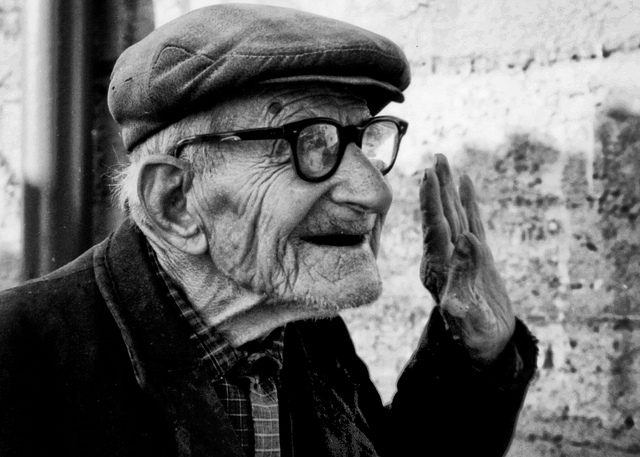Europe seems to be an epidemiologically and demographically homogenous place, where you wouldn’t expect significant differences in life expectancy. Well, as a matter of fact, a recent study shows that longevity varies a lot across Europe1.
18 European countries were included in the study, divided into 4404 small areas. In order to avoid misleading results from migration and birth rates, a 10 year survival rate of elderly people was determined. This survival rate was the percentage of people who, aged 75-84, lived to be 85-94 10 years later.
On average, the 10 year survival rate of this group of people was higher in 2011 than in 2001 and in both years higher for women (39.9% and 47.1%) than for men (27.1% and 34.2%).
Looking at individual areas in Europe, the pattern was similar in 2001 and 2011: areas with high survival could be found in northern Italy and northern Spain, Switzerland, South of England, west of France, Sweden, Norway, Sardinia and in the Canary Islands. Survival was however low in southern Spain, northern UK, along the France-Belgium border, Portugal, some areas of Scandinavia, the Netherlands (Amsterdam) and Denmark (Kopenhagen). The survival rates between high and low survival areas differed remarkably. For instance, 102 areas had a high 10 year survival rate: above 56.1% of the female population in these areas had reached the 85-94 age group in 2011. In contrast, 50 areas had a low 10 year survival rate: in these areas, below 39.0% of women reached this age.
The reasons for these differences in longevity are not entirely clear. Two main factors that affect longevity are poverty levels and lifestyle habits (tobacco and alcohol consumption, and diet). Cardiovascular disease for instance has a major impact on survival rates. Mediterranean dietary patterns are related to good cardiovascular health, which might explain the high longevity observed in parts of southern Europe.
On the other hand there are also observations that are difficult to explain. Longevity is low in many regions of northern UK, which cannot be solely explained by poverty levels. One extreme example is Glasgow, where even the wealthiest part of the population has a lower life expectancy than people in other regions, which is also known as the Glasgow effect2, 3.
Ribeiro’s study neatly demonstrates the differences of longevity across Europe. However, further studies are needed to find the reasons behind this surprising finding.
Edited by Sarah Spence
References
- This link leads to the longevity study: http://jech.bmj.com/content/early/2016/01/06/jech-2015-206827
- More background about the Glasgow effect: http://www.who.int/bulletin/volumes/89/10/11-021011/en/
- An article about the Glasgow effect in theGIST magazine Issue 2, see page 6 and 7: https://the-gist.org/2013/06/the-gist-issue-2/

